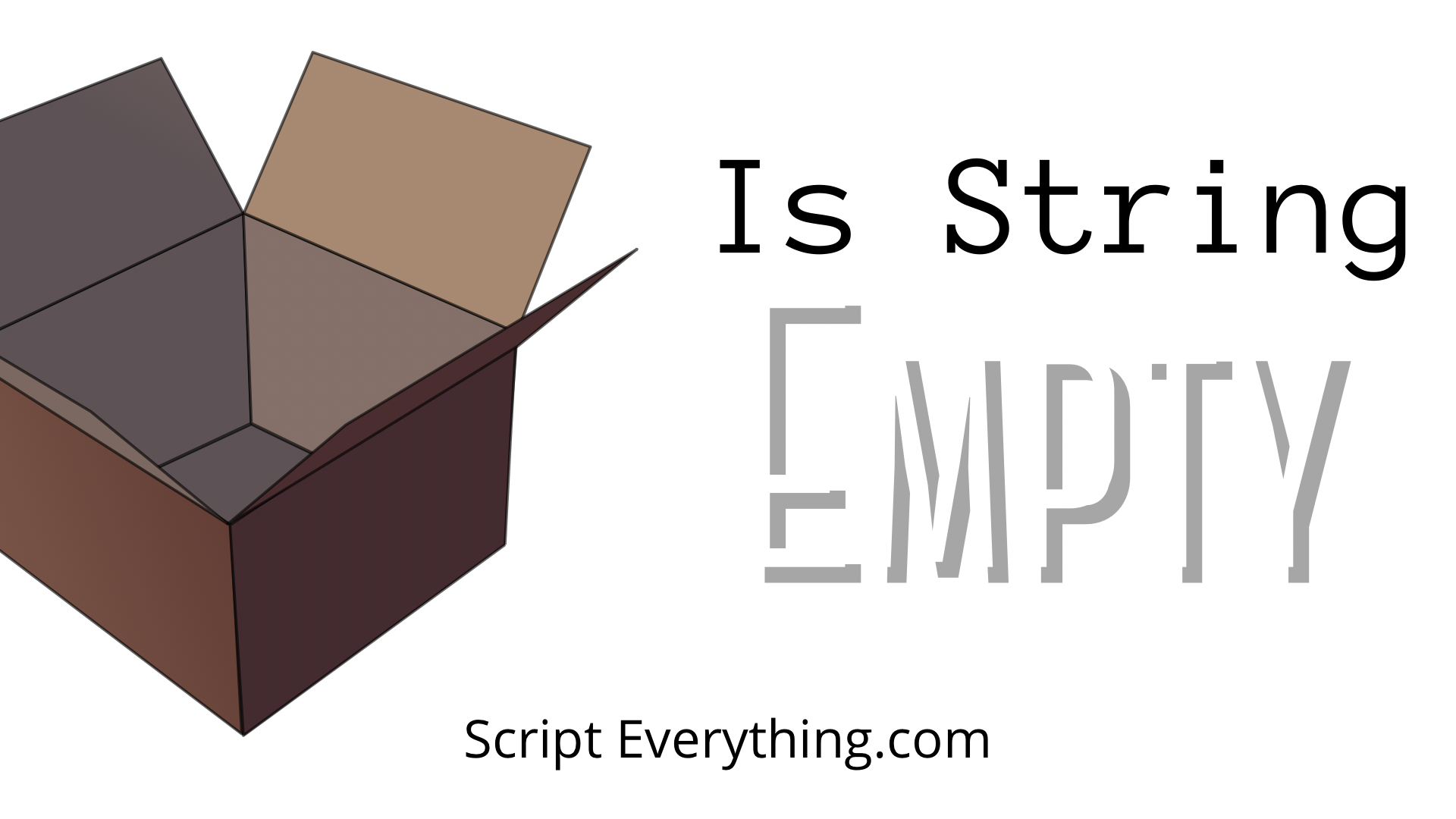How To Get First Character From String (Shortest Code And Examples)
Is there a quick and easy way to get the first character from a string in Python? Yes, there is using the slice operator. To get the first character in a string simply use the code my_string[0] where my_string is a variable containing the string and the slice operator [0] captures the first index of that string, being the first character. ...
